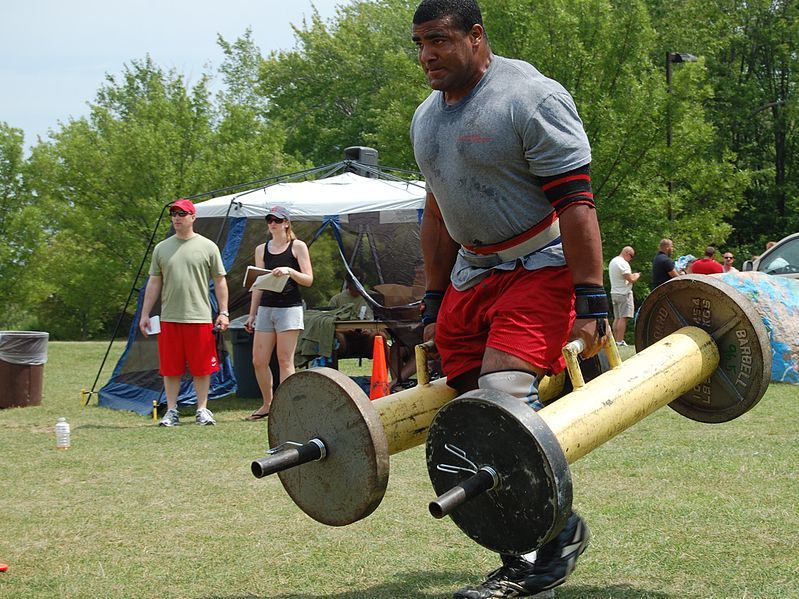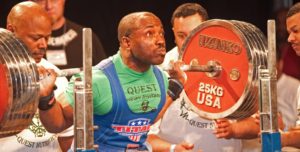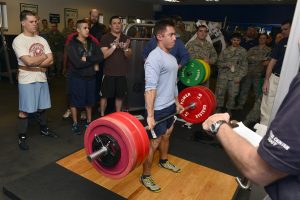Loaded carries may be the missing link in your training; they are the way to building the ultimate, strongest version of yourself.
Simply grab a weight and walk. Here’s why.
Set the Scene
Are you able to squat 2.0x your body-weight, yet your knee twinges occasionally just from walking around at a weekend?
Or are you able to deadlift comfortably, more weight than you ever thought you’d be able to, yet going for a hike at the weekend up over hills and valleys, causes your hips to seize up?
Where’s the logic in that? I mean, strength is supposed to make you stronger, right?
WHAT?
Learn the topic.
Simple Strength
At the heart of it, building your strength is relatively simple.
We all talk about and discuss the intricacies of optimising the rate of progress, getting to the strongest version of yourself in the fastest way possible, but at the heart of it, it’s not over complicated.
You push, pull, lift and carry heavy things, lots of times, over a long period of time.
That is the purest form of strength and to do this day, forms the foundation of all forms of strength training.
However, amidst the hubbub of information with everyone postulating the next best thing, sometimes it’s necessary to return to the basics.

Loaded Carries Are What’s Missing
Let’s face it. There is extensive information about how we stand in one spot and move something from A to B. The squat, the bench press, the bicep curl and so on. Up, and down.
However, there seems to be very little in the way of how we actually perform loaded carries. Or move in several directions in space.
When was the last time you did lunges?
When was the last time you did a lateral lunge?
Movement Archetypes
If you haven’t already, you can head over to | The Ultimate Guide to Strength Training for Beginners | to gain more insight into the concept of movement.
But just to recap:
ARCHETYPE | EXAMPLE |
|---|---|
Squat | Back Squat, Front Squat - Basically any kind of squat. |
Hinge | Deadlift, Romanian Deadlift, KB Swing |
Lunge | Walking Lunge, Split Squat, Bulgarian Split Squat |
Vertical Push | Military Press, Shoulder Press |
Vertical Pull | Chin Ups, Lat Pulldown |
Horizontal Push | Bench Press, Dumbbell Press, Pressups |
Horizontal Pull | Bent Over Row, Inverted Row, Seated Row |
However. There is one key missing.
From Birth to Upright
Ya see, there is lots of movements we perform in the gym. Lots of exercises, muscle groups to work and several different ways to train. We analyse our maximum strength in certain lifts to ascertain how strong we are in certain positions. And do not get me wrong, they are all incredibly important, providing life changing benefits to daily activities.
Yet for all that there is in the world of exercise, our neuro-muscular system is orchestrated for one primary form of locomotion: Walking.
ARCHETYPE | EXAMPLE |
|---|---|
Walking | Well...walking. |
 It’s time. To walk yourself stronger with loaded carries.
It’s time. To walk yourself stronger with loaded carries.
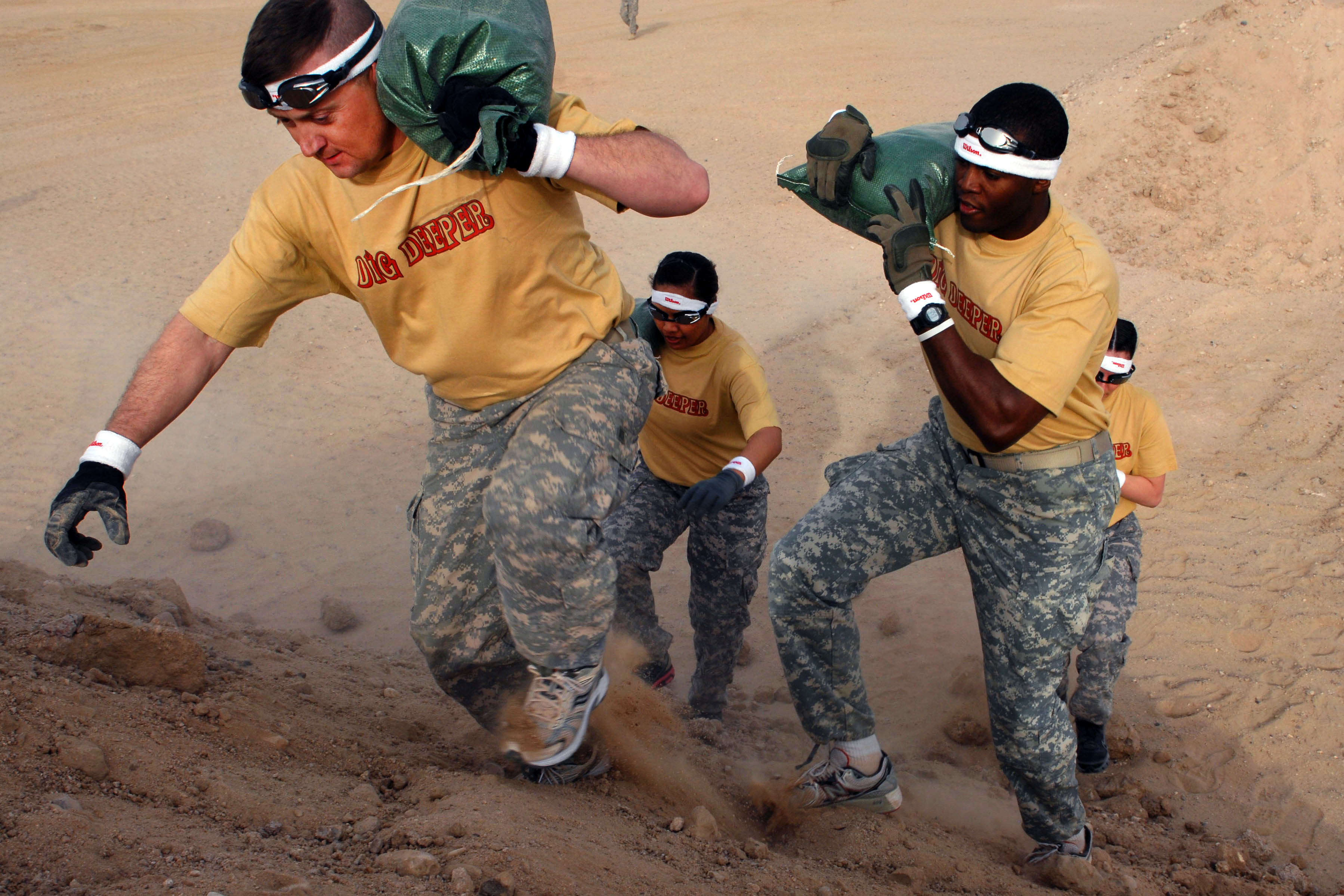
Learn from the Best using Loaded Carries
Now, for everyone who gathers at the TV in front of the fire around Christmas time, the World’s Strongest Man remains one of the most fascinating displays of human potential there is.
From the early days of running round a race track carrying fridges, to pulling freakin’ planes around, these men and women are the truest display of raw strength.
Although they do not necessarily get tested in the “powerlifts” (squat, bench and deadlift) on a regular basis, most of them have fun throwing around numbers that most people in the gym, dedicate their lives to achieving.
One of the craziest displays of which was Eddie Hall’s 500kg deadlift…
And what is one of the biggest differences in what strongmen truly do in their training?
They not only lift…but carry incredibly heavy things.
They are tested for time, speed and maximum weight in several different weighs (ha…nothing like a good pun). But a large portion of the events such as Yolk and Farmers Walks etc. involve loaded carries – they’re a huge part of the sport.
Think about it when it comes to the squat. If you only train the squat, then the heaviest weight you will ever put on your back, is, more than likely, going to be the squat. That means that your incredibly strong postural muscles, will only be trained as heavy as your legs are capable of lifting. A 200kg squat 1RM, is going to feel like a 1RM from the second you unrack it.
However, for someone like Thor, breaking an Ancient Record of carrying a 640kg log on his back…holding 400kg for a squat isn’t going to feel too heavy in comparison.
WHY?
Learn the science and theory.
So why do loaded carries work so well?
The Role of the Gluteus Medius
The gluteus medius is an incredibly important example of what stability does to your lifting strength.
Let’s keep the squat in mind, the gluteus medius is a key regulator of knee tracking/stability (2), as well as providing stability when landing from a jump (1).
In other words, as you drive back up from the bottom of a squat, one factor that determines how much force your body will allow you to produce, is the stabilization created by the gluteus medius.
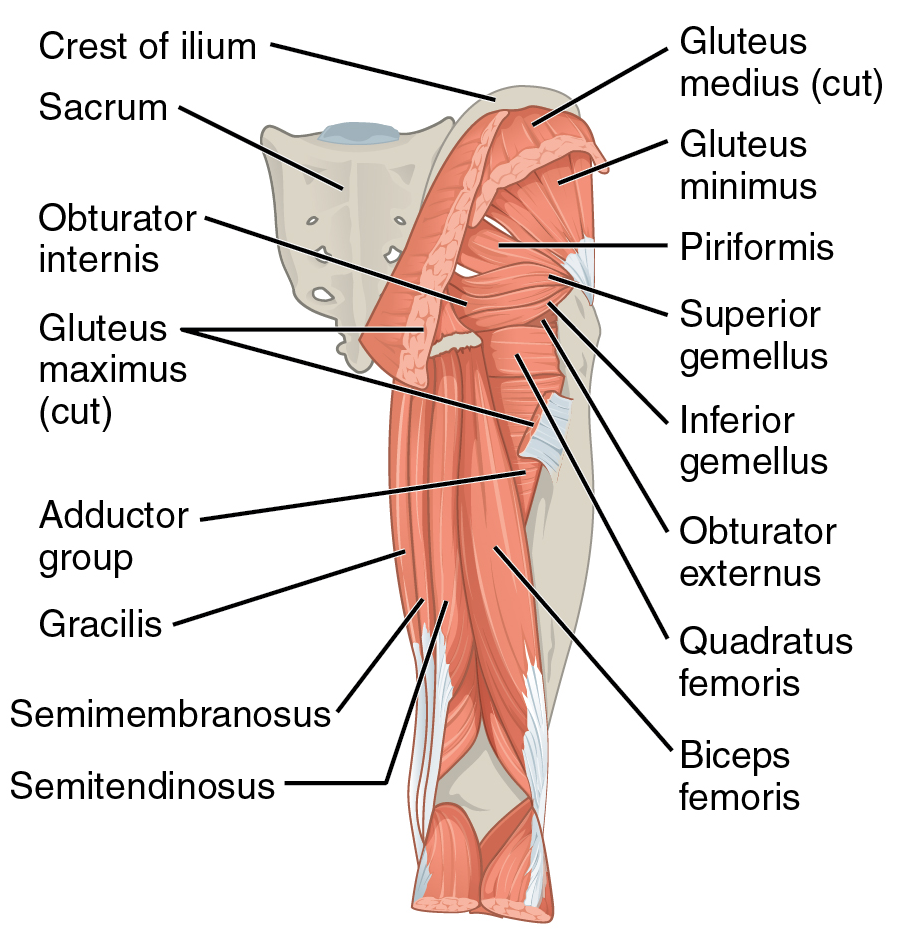
And, as luck would have it, research has shown that loaded carries in the form of the farmers walk exercise is a great exercise for strengthening the gluteus medius, particularly in individuals who possess limited hip stability (5).
Torso Stiffness & Rigidity
As I’ve mentioned before, in strength, every exercise is a full body exercise.
A huge element of strength comes from the ability to create a rigid torso, stabilize the pelvis and shoulder whilst moving (whether it’s up or down, side to side etc.)
Research by Dr Stuart McGill, world leading spinal bio-mechanist found strongman-based loaded carries (namely the farmers walk, yoke walk, keg carry and suitcase walk) to place huge demands on trunk muscle activation and lumbar spine stiffness (4).
He also found that when comparing the participants, the biggest difference with the strongest individuals displaying…
“…Co-ordinated hip extension with torso stiffness, which was accomplished with abdominal and extensor muscle bracing” (4)
Quadratus Lumborum
Another key muscle in the stabilization of the pelvis during loaded carries, is the quadratus lumborum. This is essential for keeping the pelvis level when you walk and is commonly associated with low back/high buttock pain (3).
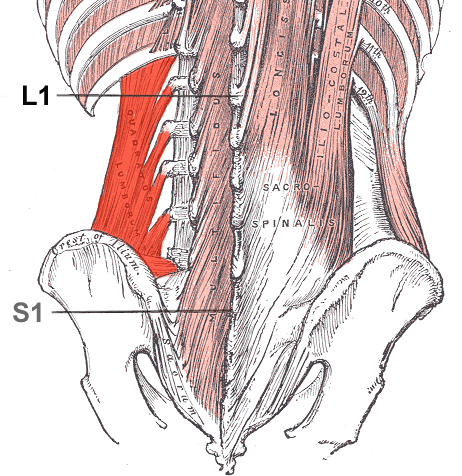
McGill’s research found that when performing the yolk walk, the quadratus lumborum increased in activation in order to allow the leg to pull through for the next step (4).
Every Step I Take…
Think, every step you take, there are two primary muscles stopping your hip dropping and you falling to one side…walking forward like one of those whacky wavy inflatable arm flailing tube men…is your gluteus medius and your QL.
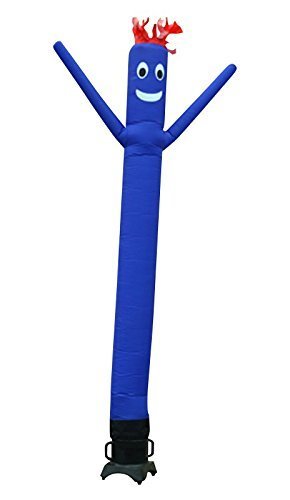
Research into comparing the biomechanics of the deadlift and the farmers walk, postulated that the farmers walk may serve to improve ankle and core strength/stability (6).
Get them strong by using loaded carries and I can promise you, you will see the difference in all walks of life.
HOW?
Learn the implementation.
Durability First
As the loade carries will be focusing on building strength in postural muscles (as well as prime movers), it is important to take your time when looking to lift heavy weights.
The goal with loaded carries is to walk strong. This means core tight, planting each foot and absorbing the impact, transitioning over to the next step and squeezing your glutes throughout. It doesn’t mean putting one foot in front of the other.
As a result, you want to start with a challenging weight and look to build the maximum time first. Rather than progressing the weight (as we would do in the primary lifts).
Weight a Second…
God damn these puns are good.
Anyway, I digress. You have a choice of what implement to use and what exercise to perform with your loaded carries.
Be aware of the balance between what you can carry and what your body can physiologically handle. Remember that irrespective of your level of strength, the heavier the weight you lift, the more taxing it’s going to be on your nervous system, joints and overall systemic recovery.
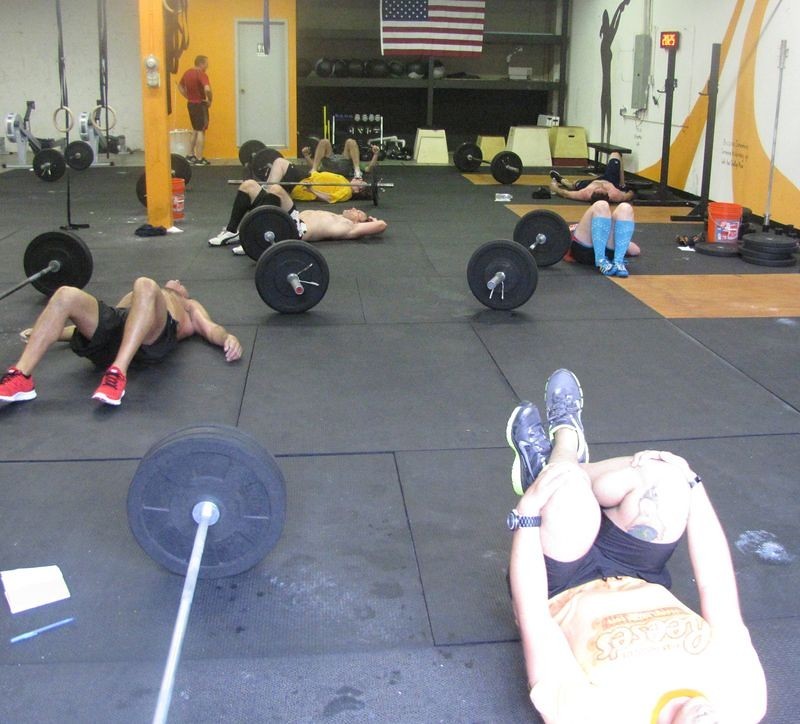
When going into doing a yoke walk or a really heavy set of farmers walks, you may find that you can lift more than you anticipated…but walking with it, and staying stable and safe whilst walking is a different story.
I’m not saying this to scare you out of doing them, just to make you aware that adding load to your walk and performing loaded carries, is the same as any other exercise – It should be done gradually, with progression and safety in mind.
It’s a lot easier to focus during a squat. But you’re much more likely to forget about the finer points of your walking technique – you just put one foot in front of the other right?
What Loaded Carries are there?
Farmers Walk
This one has stood the test of time and for good reason.
Simply hold a weight in each hand and walk up and down. Keep your abs tight, stand tall, lats switched on (think about pulling your shoulders down into your back pockets) and control each step.

Rack Walks
Take a KB/dumbbell/what ever weight you want and hold it at chest height.
Keep your abs tight, stand tall, lats switched on (think about pulling your shoulders down into your back pockets) and control each step.

Simply hold 1, 2, 15 plates at chest height. Keep your abs tight, stand tall, lats switched on (think about pulling your shoulders down into your back pockets) and control each step.

Set up the yoke. Load it up.
Step under, tightening your upper back and squeezing your shoulders together. Brace your abs and stand up. Take one step forward at a time and focus on staying stable.

- Movements can be grouped into individual categories/archetypes. However, people often neglect walking.
- Learn from the best, the strongest people on Earth do a hell of a lot of carrying weight.
- Walking with weight has been shown to improve torso stiffness, hip stability and core strength.
- Get out there. Pick up some weight and walk around.
Reference List
- Carcia, C. R., & Martin, R. L. (2007). The influence of gender on gluteus medius activity during a drop jump. Physical Therapy in Sport, 8(4), 169-176
- Fulkerson, J. P. (2002). Diagnosis and treatment of patients with patellofemoral pain. The American journal of sports medicine, 30(3), 447-456
- Levine, L. J. (1991). The quadratus lumborum and low back pain. Journal of manipulative and physiological therapeutics, 14(2), 142-149.
- McGill, S. M., McDermott, A., & Fenwick, C. M. (2009). Comparison of different strongman events: trunk muscle activation and lumbar spine motion, load, and stiffness. The Journal of Strength & Conditioning Research, 23(4), 1148-1161
- Stastny, P., Lehnert, M., Zaatar, A., Svoboda, Z., Xaverova, Z., & Pietraszewski, P. (2015). The gluteus medius vs. thigh muscles strength ratio and their relation to electromyography amplitude during a farmer’s walk exercise. Journal of human kinetics, 45(1), 157-165
- Winwood, P. W., Cronin, J. B., Brown, S. R., & Keogh, J. W. (2014). A biomechanical analysis of the farmers walk, and comparison with the deadlift and unloaded walk. International Journal of Sports Science & Coaching, 9(5), 1127-1143


